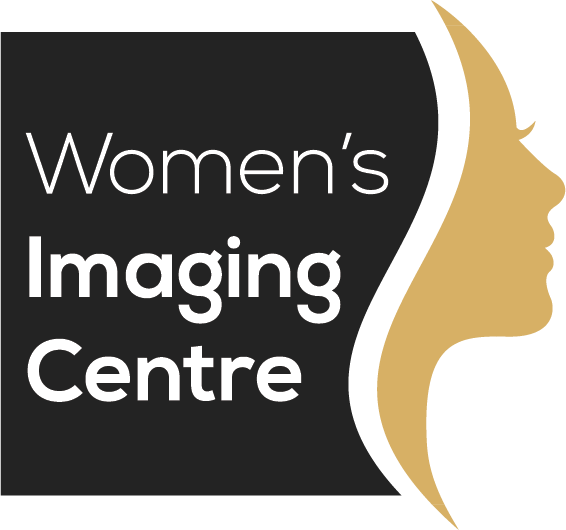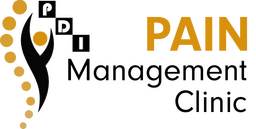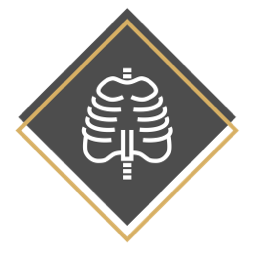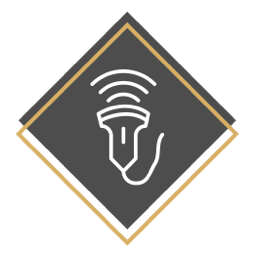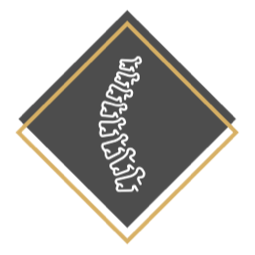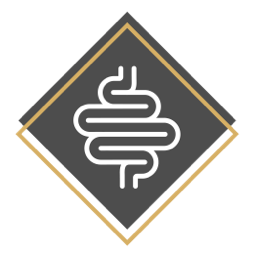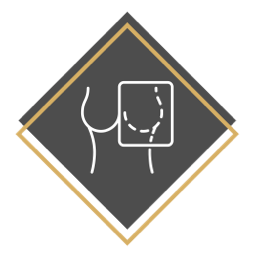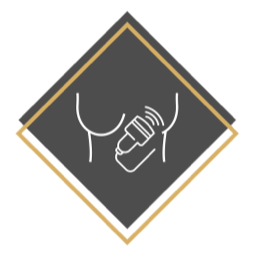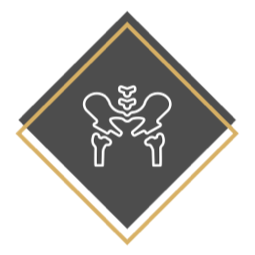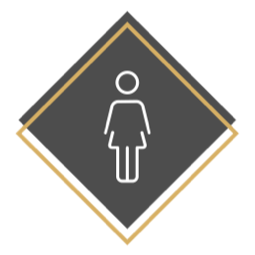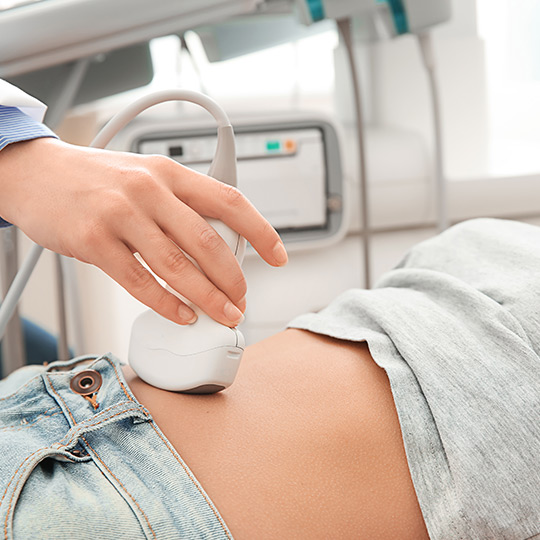
Elastography in Grande Prairie
Book Now
What is Elastography?
Elastography is an imaging process that analyzes the elasticity (stiffness) of your internal organs, most commonly your liver.
Tissue stiffness has long provided important information about disease or lack of it. Physicians have used palpation for centuries, noting that abnormal tissue is often more stiff than healthy tissue. Elastography is a way to visualize, record, and report tissue stiffness parameters.
What Conditions Can it Detect?
Elastography is a great non-invasive addition to an abdominal ultrasound to better serve patients with liver damage or disease. This pain and radiation-free tool can help analyze your liver's health to diagnose conditions like hepatic fibrosis and fatty liver disease, and it enables quantitative assessment of the tissue stiffness to help with staging those with diffuse liver disease.
What elastography technique do we use at Peace Diagnostic Imaging?
There are multiple different types of elastography, but at Peace Diagnostic Imaging we utilize most advanced Philips ElastQ Imaging.
Philips ElastQ, which features ultrasound shear wave point quantification, brought significant advances to elastography.
ElastQ has proven valuable in staging liver disease, reducing the need for costly and potentially painful biopsies in some patients. ElastQ Imaging advances shear wave elastography, providing a technique that is not only noninvasive and easy to use, but also offers clinicians additional confidence in the reliability of measurements, even for the technically difficult patient (TDP), such as a patient with a high BMI (body mass index).
Preparing for Your Appointment
As with many ultrasound appointments, how you prepare may differ depending on what you are having examined. For an elastography appointment, we ask that you come to your appointment fasting the morning of, meaning nothing to eat or drink after midnight the night before. If you need some water to drink with medications in the morning this will not impact your exam. We also ask you to avoid using lotion or other oils on your skin to ensure the readings are as precise as possible
During the Appointment
At the start of your exam, your sonographer will apply a gel over the areas of concern. This gel helps the ultrasound provide a clear image, maximizing our ability to detect any possible abnormalities. An ultrasound transducer will be placed along the ribs and multiple pictures will be acquired. Different breathing techniques may also be utilized to further create the best diagnostic quality images.
Your sonographer will guide you through the appointment and our team will then forward their findings to your referring practitioner within 1 business day. We may forward the information on the same day if your needs are urgent.
Our Locations
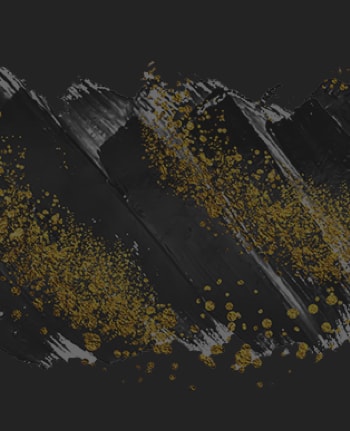
Grande Prairie
All Services
Contact Us
- 780.532.5648
- 780.513.2074
- [email protected]
Our Address
9815 97 Street #108Grande Prairie, AB T8V 8B9
Hours of Operation
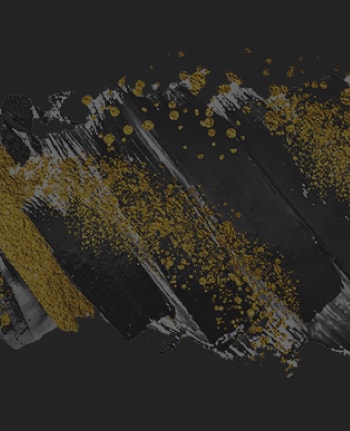
La Crete
Ultrasound Only
Contact Us
- 780.928.2060
- 780.928.2285
- [email protected]
Our Address
Unit 1A 10402 – 100 stLa Crete, AB T0H 2H0
Hours of Operation
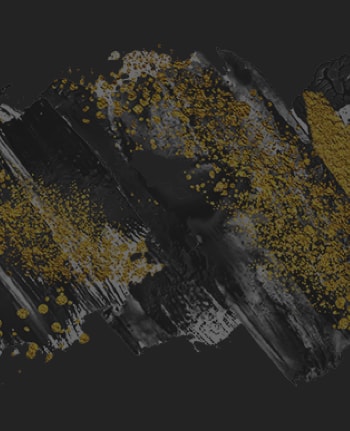
Peace River
Ultrasound Only
Contact Us
- 780.624.0073
- 780.624.0718
- [email protected]
Our Address
Sunrise Medical Centre 6789 103 Ave.Peace River, AB T8S 0B6
Hours of Operation

High Prairie
Ultrasound Only
Contact Us
- 780.523.2740
- 780.523.3861
- [email protected]
Our Address
5101 38 streetHigh Prairie, AB T0G 1E0
Hours of Operation

Fairview
Ultrasound Only
Contact Us
- 844.835.0192
- 587.404.0507
- [email protected]
Our Address
10208 110th StreetFairview, AB T0H1L0
Hours of Operation
All Services
Contact Us
- 780.532.5648
- 780.513.2074
- [email protected]
Our Address
9815 97 Street #108Grande Prairie, AB T8V 8B9
Hours of Operation
Ultrasound Only
Contact Us
- 780.928.2060
- 780.928.2285
- [email protected]
Our Address
Unit 1A 10402 – 100 stLa Crete, AB T0H 2H0
Hours of Operation
Ultrasound Only
Contact Us
- 780.624.0073
- 780.624.0718
- [email protected]
Our Address
Sunrise Medical Centre 6789 103 Ave.Peace River, AB T8S 0B6
Hours of Operation
Ultrasound Only
Contact Us
- 780.523.2740
- 780.523.3861
- [email protected]
Our Address
5101 38 streetHigh Prairie, AB T0G 1E0
Hours of Operation
Ultrasound Only
Contact Us
- 844.835.0192
- 587.404.0507
- [email protected]
Our Address
10208 110th StreetFairview, AB T0H1L0
